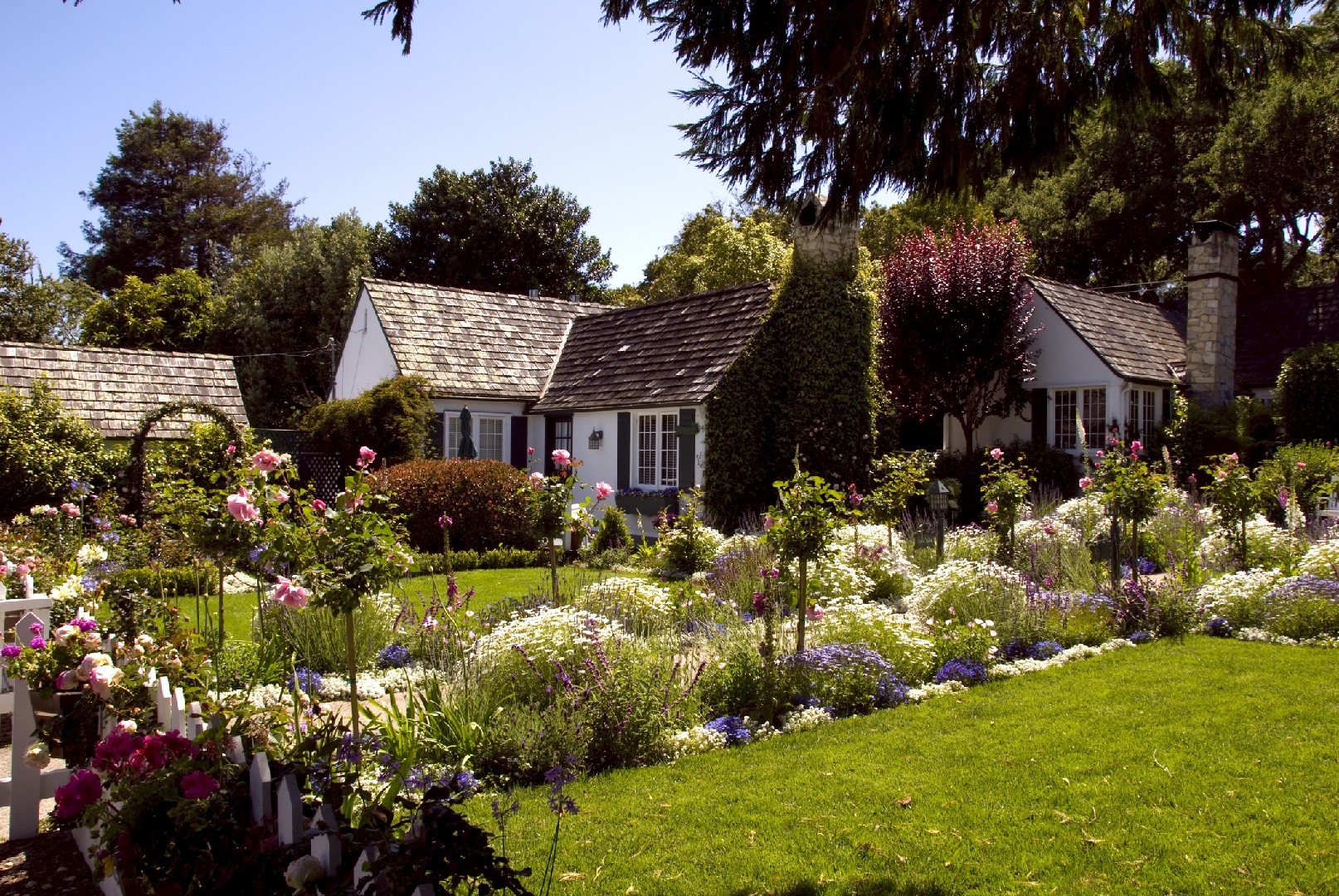![Rectangle]()
Understanding the Essence of the Cottage Garden
The cottage garden has a rich history and has evolved over time into a romantic and low-maintenance style of gardening. Its unstructured and abundant nature sets it apart from other gardening styles, creating an effortless charm that is irresistibly appealing.
To truly understand the essence of the cottage garden, it is important to delve into its historical foundations. The cottage garden originated in England during the 15th century, when peasants and workers began cultivating small plots of land around their cottages. These gardens were primarily used to grow food for sustenance, but over time they started incorporating more ornamental plants. It was during the 19th century that the cottage garden gained popularity among the upper class as a style of gardening that emphasized the beauty of nature.
One of the key characteristics of the cottage garden is its unstructured nature. Unlike formal gardens with neat rows and symmetry, the cottage garden embraces a more relaxed and spontaneous approach. Plants are often allowed to grow in a natural and free-form manner, creating a sense of abundance and wild beauty. This unstructured style not only adds to the romantic atmosphere of the garden, but it also makes it easier to maintain, as it requires less pruning and shaping.
To create a romantic cottage garden, it is important to choose the right plants. Traditional cottage garden plants include roses, lavender, delphiniums, and hollyhocks, which add a classic and whimsical beauty to the landscape. These plants thrive in full sun or partial shade and are generally low-maintenance, making them perfect for a romantic garden that doesn't require constant care.
Another element that contributes to the charm of a cottage garden is the use of pathways and borders. Stone paths, gravel walkways, or even soft grass paths can add a sense of enchantment and guide visitors through the garden. Borders made of low-growing plants, such as geraniums or catmint, can define the edges of the garden and create a sense of enclosure.
In addition to the plants and pathways, incorporating water features can greatly enhance the romantic ambiance of a cottage garden. A small fountain or a birdbath can attract wildlife and create a soothing atmosphere. Adding seating areas, such as a bench or a swing, allows you to fully enjoy the beauty of the garden and creates a romantic spot for relaxation.
To maintain the effortless charm of a cottage garden, it is important to embrace a more relaxed approach to gardening. Regular weeding and deadheading will help keep the garden looking tidy, but allowing some plants to self-seed and grow where they please adds to the natural and wild beauty of the space.
In conclusion, the cottage garden is a romantic and low-maintenance style of gardening that embraces an unstructured and abundant nature. Its historical foundations trace back to the small plots of land cultivated by peasants and workers, and it has evolved over time into a garden style that emphasizes the beauty of nature. By choosing the right plants, incorporating pathways and borders, and adding water features, you can create a truly enchanting cottage garden. Remember to embrace a more relaxed approach to gardening to maintain the effortless charm that makes the cottage garden so appealing.





